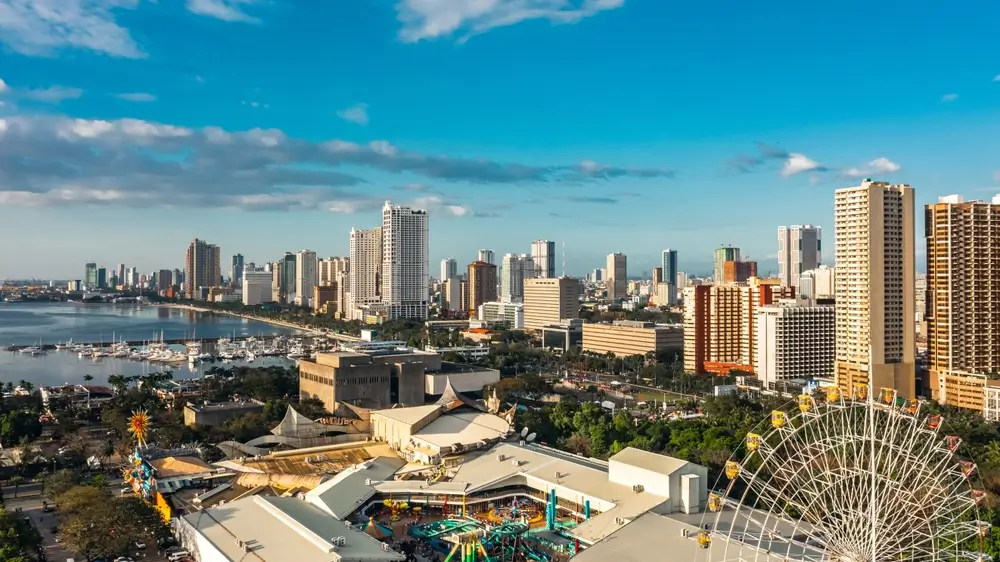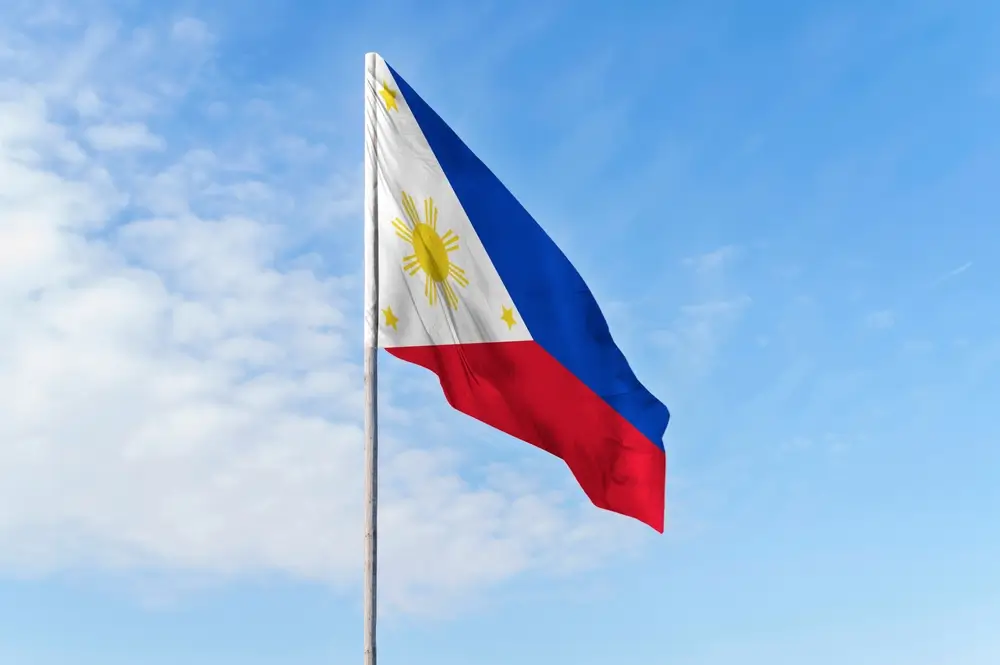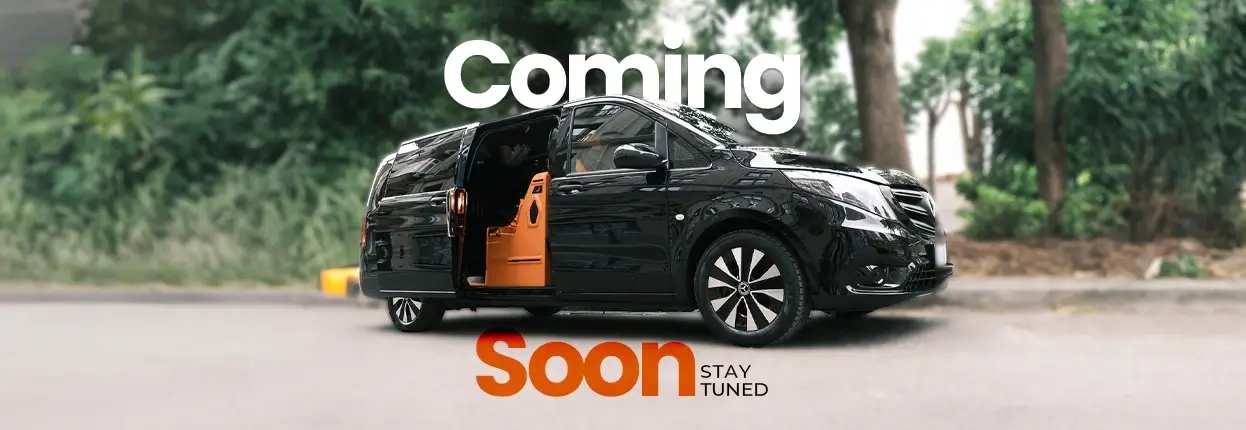Philippines
Philippines Ülke Rehberi

The Philippines is an archipelago of over 7,000 islands in Southeast Asia. Manila, the capital and largest city, is renowned for its modern shopping malls and historic buildings dating back to the Spanish colonial era. The country's natural allure comprises volcanic mountains, pristine white sand beaches, and vibrant coral reefs. The Philippines is celebrated for its diverse cultural heritage; Local festivals, dances, and traditional handicrafts showcase this cultural diversity. Beyond its natural beauty, the warmth and hospitality of the Filipino people leave a lasting impression on visitors, making it a welcoming destination for travelers seeking both adventure and relaxation.
Things To Know Before Going To Philippines
- Filipinos will speak their native languages among themselves, but they are just as comfortable speaking English - and most can do so fluently.
- The Philippines is said to have the worst Wi-Fi connectivity in Asia, so having a local SIM card will make it easier to stay connected and navigate your way around the country.
- If you’re planning to go island hopping or visit any beaches, you will need some good quality aqua shoes with thick soles because the beaches can be rocky, sharp, and quite slippery.
- Always carry toilet paper because most public areas often run out of it.
- Service in Asia is generally slower than in the UK, but in the Philippines, it will almost always be done with a smile.
Cultural and Local Philippines Tips
- It is recommended to always carry cash with you. Credit cards, debit cards, and e-wallets are widely used in cities, but there’s always a chance that the system is down.
- Exchange your money in the Philippines for better exchange rates.
- Get familiar with using Grab, as you can order nearly everything, and it's fantastic.
- Always drink bottled water, even at restaurants. Also, brush your teeth with bottled water.
Is Philippines Expensive To Visit?
The Philippines can be an affordable destination even for budget travelers. It is normal for budget travelers to spend 30-50 dollars per day. However, the Philippines are still more expensive than other Southeast Asian countries.
Is Visiting the Philippines Worth It?
If you enjoy beautiful beaches, friendly people, and a tropical climate, the Philippines is definitely worth visiting.
Is the Philippines Good For Honeymoon?
The Philippines is an excellent choice for a honeymoon, offering beautiful natural landscapes, affordable costs, and a welcoming culture, making it a top destination for honeymoon.
Is Philippines Safe For Tourists?
With proper precautions and by avoiding high-risk regions, the Philippines can be a safe travel destination. However, there are some areas to avoid visiting in the Philippines such as Western Mindanao, particularly the Zamboanga region.
Are Philippines People Friendly?
Filipinos are very friendly and often go out of their way to be friends with you and help out, so don't hesitate to ask them your questions.
Best Cities in Philippines
Here’s your fast Philippines city guide depending on where city you are planning to visit:
| City Name | Best For | Best Attractions | Average Trip Cost |
| Manila | History and Culture | Intramuros, Rizal Park, National Museum of the Philippines | Moderate to High |
| Cebu City | Beaches and Adventure | Magellan's Cross, Basilica del Santo Niño, Kawasan Falls | Moderate to High |
| Boracay | Beach Vacation | White Beach, Puka Shell Beach, Mount Luho | High |
| Palawan (Puerto Princesa) | Nature and Wildlife | Puerto Princesa Subterranean River National Park, Honda Bay, Underground River | High |
| Baguio City | Cool Weather Retreat | Burnham Park, Mines View Park, The Mansion | Moderate |
Find the best hotels in the Philippines!
Must-See Philippines Attractions
Here are the must-see attractions in Philippines:
- Boracay: Known for its stunning White Beach and vibrant nightlife, Boracay is a top destination for beach lovers and water sports enthusiasts.
- Palawan: Home to the breathtaking Puerto Princesa Subterranean River National Park, Palawan also boasts pristine beaches like El Nido and Coron, perfect for island hopping and diving.
- Manila: The capital city is rich in history and culture, with must-visit attractions including Intramuros, Rizal Park, and the National Museum of the Philippines.
- Cebu: Famous for its historic sites such as Magellan's Cross and Basilica del Santo Niño, Cebu also offers beautiful natural attractions like Kawasan Falls and whale shark watching in Oslob.
- Bohol: Known for its unique Chocolate Hills, tarsier sanctuaries, and beautiful beaches, Bohol is a paradise for nature lovers and adventure seekers.
- Batanes: A group of picturesque islands offering stunning landscapes, traditional Ivatan villages, and unique stone houses, making it a haven for photographers and nature enthusiasts.
- Sagada: Nestled in the mountains, Sagada is renowned for its hanging coffins, caves, and scenic trekking routes, providing a serene escape into nature.
The Best Time To Visit Philippines
December to February is widely considered the best time to visit the Philippines, with the shoulder seasons of May and November also being good alternatives.
Where is Philippines?
The Philippines is an archipelago located in Southeast Asia, between the South China Sea and the Pacific Ocean. It consists of over 7,100 islands that stretch about 1,150 miles from north to south.
What is the Capital of the Philippines?
The capital city of the Philippines is Manila. It is located on the island of Luzon and serves as the country's center of government, commerce, education, and culture.
Languages Spoken in Philippines
The official languages recognized in the Philippines are Filipino and English. However, there are other minority languages spoken in the Philippines:
- Cebuano: Spoken mainly in the Visayas and Mindanao regions.
- Ilocano: Predominantly spoken in the Ilocos Region in the northern part of Luzon.
- Hiligaynon (Ilonggo): Commonly spoken in Western Visayas, particularly in areas such as Iloilo and Bacolod.
- Bicolano: Spoken in the Bicol Region in southeastern Luzon.
- Waray: Used in the Eastern Visayas region, particularly in Leyte and Samar provinces.
- Kapampangan: Spoken in Pampanga and neighboring provinces in Central Luzon.
Time Zone of Philippines
The Philippines is located in the Philippine Time Zone (PHT), which is 8 hours ahead of Coordinated Universal Time (UTC+8).
What Currency Does Philippines Use?
The official currency of the Philippines is the Philippine Peso (PHP).
Philippines Flag

The Philippine flag is a rectangular flag with a blue field on the hoist side and a red field on the fly side. In the center is a white equilateral triangle, and in the center of the triangle is a golden sun with eight primary rays. Below the sun are three five-pointed gold stars arranged in a horizontal line.
Population of Philippines
According to Worldometer, the current population of the Philippines is 119,097,870 as of Monday, July 1, 2024.
Strange Laws in Philippines
- The Anti-Rape Law states that a valid marriage between the rapist and the victim can extinguish the criminal case or penalty.
- The law required widows to wait 301 days before remarrying after their husband's death, or until after childbirth if pregnant. This requirement was repealed in 2015.
- In some provinces, there are laws that require relatives to attend the funerals of their deceased family members.
- There are strict laws in various cities in the Philippines that prohibit spitting and littering in public places.
- Revised Penal Code punishes individuals who "notoriously offend the religious feelings" with imprisonment ranging from 1 to 6 months.

